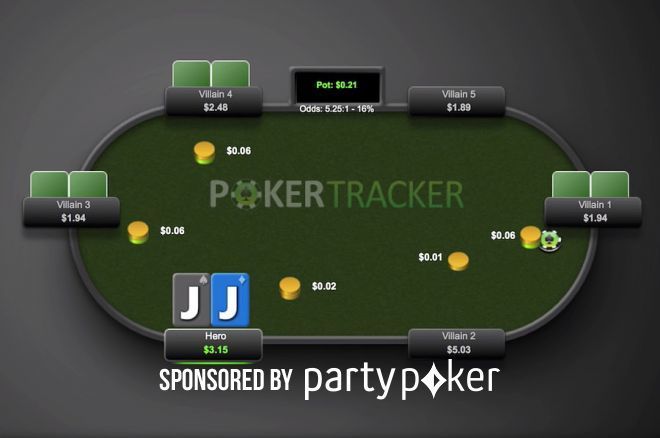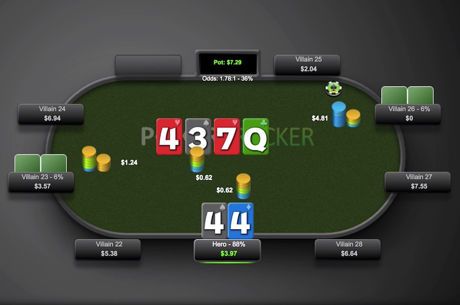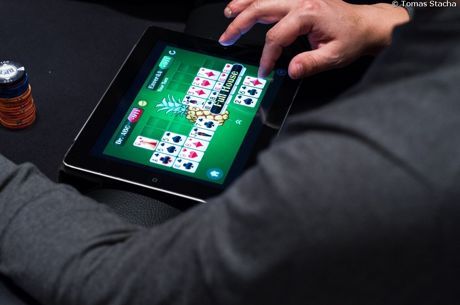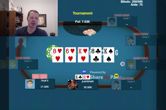Why You Need to Make the Squeeze Play More Often at Lower Stakes

One of the most effective poker tools in your arsenal, especially when playing poker online at the micro stakes, is the squeeze play.
A squeeze play refers to a preflop move. It occurs when there is a raise preflop and one or more players call, then another player reraises. That reraise is called a "squeeze" or "squeeze play" because of the way it not only pressures the original raiser, but "squeezes" the caller(s) in between as well.
The reason why this poker strategy is so effective at the micro stakes in particular is because so many people like to call raises with crappy hands preflop. This means that there is often a lot of "dead money" that you can pick up when you make the squeeze play.
The following poker hand involving a player squeezing with pocket jacks from the big blind is a perfect example of a spot where you should be making the squeeze play at the lower stakes. Take a look:
In this hand there is a tight regular who open raises from early position, meaning he probably has a pretty good hand. But let's not get too far ahead of ourselves here. We have pocket jacks in the big blind which is the fourth-strongest hand in the game!
Crucially there are also two other callers in this hand preflop. These calls represent the dead money I was talking about before, money you can easily pick up with a simple reraise here.
When we make it 30 cents or 35 cents to go here, not only are we three-betting for value most of the time versus the original preflop raiser, but we are also forcing out the other two callers who likely have marginal hands.
Remember that those two preflop callers account for 6 big blinds alone (they each called 3 big blinds). By the way, 6 big blinds per 100 hands is a pretty good win rate in today's games, and as noted you can literally pick up that much in dead money right here with a squeeze raise.
This is not even to mention the small blind's dead money and the fact that the original preflop raiser will fold to your reraise a lot of the time, or fold to our continuation bet on the flop.
All of which means it is very important that you are recognizing the correct spots at the micro stakes in particular to pull off the squeeze play. Unfortunately, the player of the hand above didn't recognize the need to squeeze preflop. (There are other mistakes made postflop as well, though those aren't as commonly made as missing squeezing opportunities.)

You get $22 Worth of Satellite Tickets for a ��/$/�10 First Deposit + Get up to 40% of paid rake back every week!
Play NowAlways remember that aggressive poker is usually winning poker and in a situation like this you are literally throwing away money by not pumping up the pot. You need to make all those loose callers pay!
But I want to know your thoughts on a poker situation like this.
Do you normally make the squeeze play here, or do you prefer just to call and see a flop? If so, let me know why and what your plan is on various flops with a hand like pocket jacks.
Links mentioned in the video:
Nathan "BlackRain79" Williams is the author of the popular micro stakes strategy books Crushing the Microstakes, Modern Small Stakes, and The Microstakes Playbook. He also blogs regularly about all things related to the micros over at www.blackrain79.com.
This strategy article by Nathan Williams is sponsored by partypoker.









